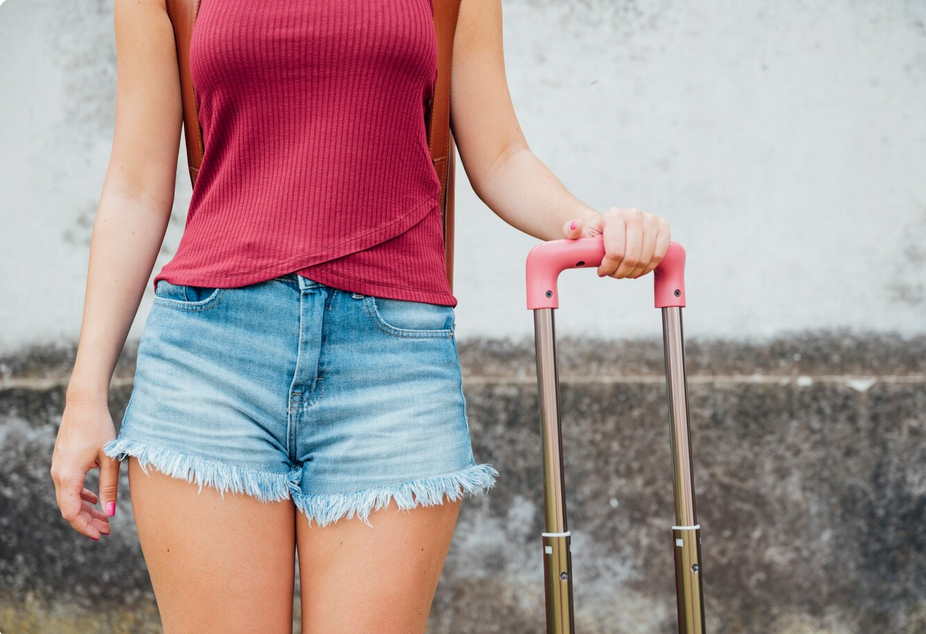As stem cell therapy continues to revolutionize medicine, South Korea has emerged as a global hub for regenerative treatments. Known for its cutting-edge biotechnology, world-class hospitals, and government-regulated medical system, Korea attracts thousands of international patients each year seeking stem cell therapy for anti-aging, orthopedic injuries, hair loss, immune disorders, and more.
If you’re considering traveling to Korea for treatment, this comprehensive guide will walk you through everything you need to know—from planning and visa requirements to choosing the right clinic and what to expect upon arrival.
🧬 Why Choose Korea for Stem Cell Therapy?
✅ Advantages of Getting Treated in Korea:
- MFDS-approved (Korean FDA) stem cell protocols
- Use of GMP-certified labs and ethical sourcing (adipose, umbilical cord, or bone marrow-derived stem cells)
- Non-invasive, clinically proven alternatives to surgery
- Affordable prices compared to Western countries
- Full-service medical concierge programs for foreigners
Korean clinics often combine stem cell therapy with PRP, exosomes, NAD+ therapy, and holistic wellness for enhanced results.
✈️ Preparing for Your Medical Journey
1. Confirm Your Eligibility
Before booking your flight, consult with a certified Korean clinic online. Most offer:
- Free or low-cost virtual consultations
- English-speaking coordinators
- Review of your medical history, images, or lab results
- Personalized treatment proposals and estimated costs
2. Secure a Valid Passport and Visa
- Tourist Visa (C-3): Valid for short-term visits (up to 90 days)
- Medical Visa (G-1-10): For longer stays or repeat treatments
- Some clinics assist with official documentation for visa applications
Check with your local Korean embassy or consulate about requirements for your nationality.
3. Book Travel and Accommodations
Many clinics offer medical travel packages, including:
- Airport pickup
- Hotel or serviced apartment booking
- Ground transportation
- Cultural tours or translator assistance
Areas like Gangnam (Seoul), Busan, and Daegu are popular for medical tourism, with easy access to top clinics and tourist attractions.
🏥 Choosing the Right Clinic
Not all stem cell clinics are created equal. Look for clinics that:
- Are licensed by the Ministry of Health and Welfare
- Use MFDS-approved stem cell therapies
- Operate GMP (Good Manufacturing Practice) facilities
- Provide transparency in pricing, treatment protocols, and results
- Offer multilingual support (English, Chinese, Russian, Arabic)
🔍 Tips:
- Read verified patient reviews on Google or Naver
- Avoid clinics promising “miracle cures” or unapproved uses
- Ask about follow-up care options in your home country
💉 Types of Stem Cell Therapy Offered in Korea
| Condition | Treatment Type |
|---|---|
| Anti-aging | IV infusion or facial injections |
| Hair loss | Scalp injections with exosomes |
| Joint damage (e.g., knees) | Intra-articular stem cell shots |
| Immune dysfunction | Systemic stem cell infusions |
| ED or sexual wellness | Localized stem cell injections |
| Chronic fatigue or burnout | Whole-body rejuvenation therapy |
Most procedures are:
- Non-surgical
- Performed on an outpatient basis
- Require minimal downtime
🧪 What to Expect During Treatment
On Arrival:
- In-person medical evaluation
- Lab testing (bloodwork, hormone panels, imaging)
- Final review of your treatment plan
Treatment Schedule:
- Usually 1–3 sessions spaced over several days
- May involve local injections or IV infusions
- Often combined with IV drips, PRP, ozone therapy, or laser support
Aftercare:
- You’ll receive topical serums, oral supplements, or lifestyle recommendations
- Minimal recovery time—most patients can sightsee the next day
- Clinics offer follow-up calls, app-based care, and post-trip telemedicine
💰 Cost Breakdown for Medical Tourists
| Service | Estimated Cost (USD) |
|---|---|
| Initial consultation (online or in-person) | Free – $100 |
| Stem cell therapy (per session) | $2,000 – $7,000 |
| Exosome/PRP combo | $500 – $1,500 |
| Bloodwork and imaging | $200 – $600 |
| Travel and accommodations (1 week) | $1,000 – $3,000 |
Tip: Ask about package deals or bundle pricing for multiple sessions.
🧳 Travel Tips for International Patients
✔️ What to Pack:
- Passport, visa, and printed medical documents
- Medications and recent test results
- Comfortable clothing and slip-on shoes (for clinic visits)
- Translator apps or local SIM card for easy communication
☀️ Best Time to Travel:
- Spring (April–June) and Autumn (September–November) offer mild weather and beautiful scenery
- Avoid the hot, humid summer (July–August) and the cold winter (December–February) unless necessary
📱 Language Help:
- Clinics often offer English-speaking staff
- Download Papago or Google Translate for local conversations
✅ Safety and Regulations in Korea
Korea has some of the strictest regulations in Asia for stem cell therapy:
- Only approved indications can be treated
- Clinics must operate GMP labs or partner with certified biotech firms
- Foreign patients are protected under medical tourism laws
Always ask:
- Is your treatment MFDS-approved or in clinical trial phase?
- Are stem cells autologous (from your body) or allogeneic (from a donor)?
- How are cells processed and stored?
🌍 Follow-Up Care After Returning Home
Many clinics offer:
- Telemedicine follow-up (Zoom, KakaoTalk, WhatsApp)
- Digital copies of treatment summaries and test results
- Lifestyle or supplement guidance
- Planning for future booster sessions (if needed)
Make sure to share the details with your local physician for coordinated care.
🔚 Final Thoughts
Traveling to Korea for stem cell therapy offers a rare combination of advanced medical science, luxury care, and cultural experience. With proper planning, you can undergo life-enhancing regenerative treatment in a safe, comfortable, and highly professional environment.
Whether you’re seeking relief from joint pain, reversing hair loss, or exploring cutting-edge wellness therapies, Korea provides world-class care at globally competitive prices.




